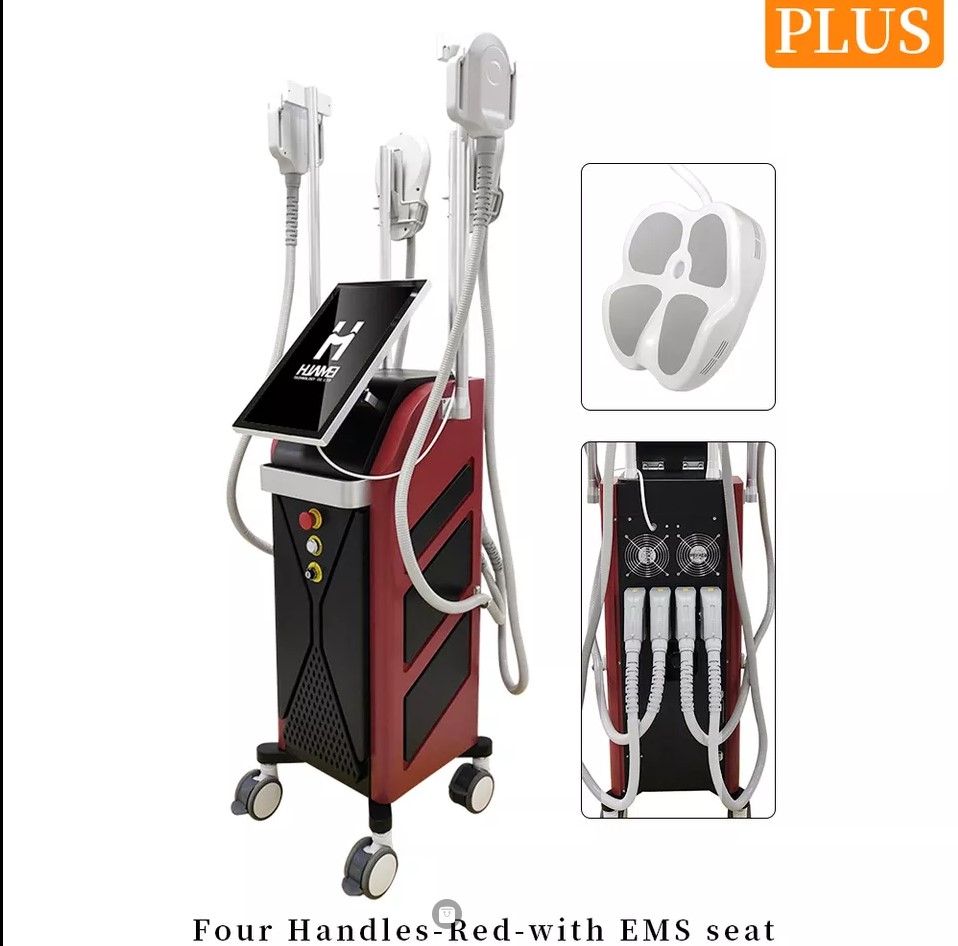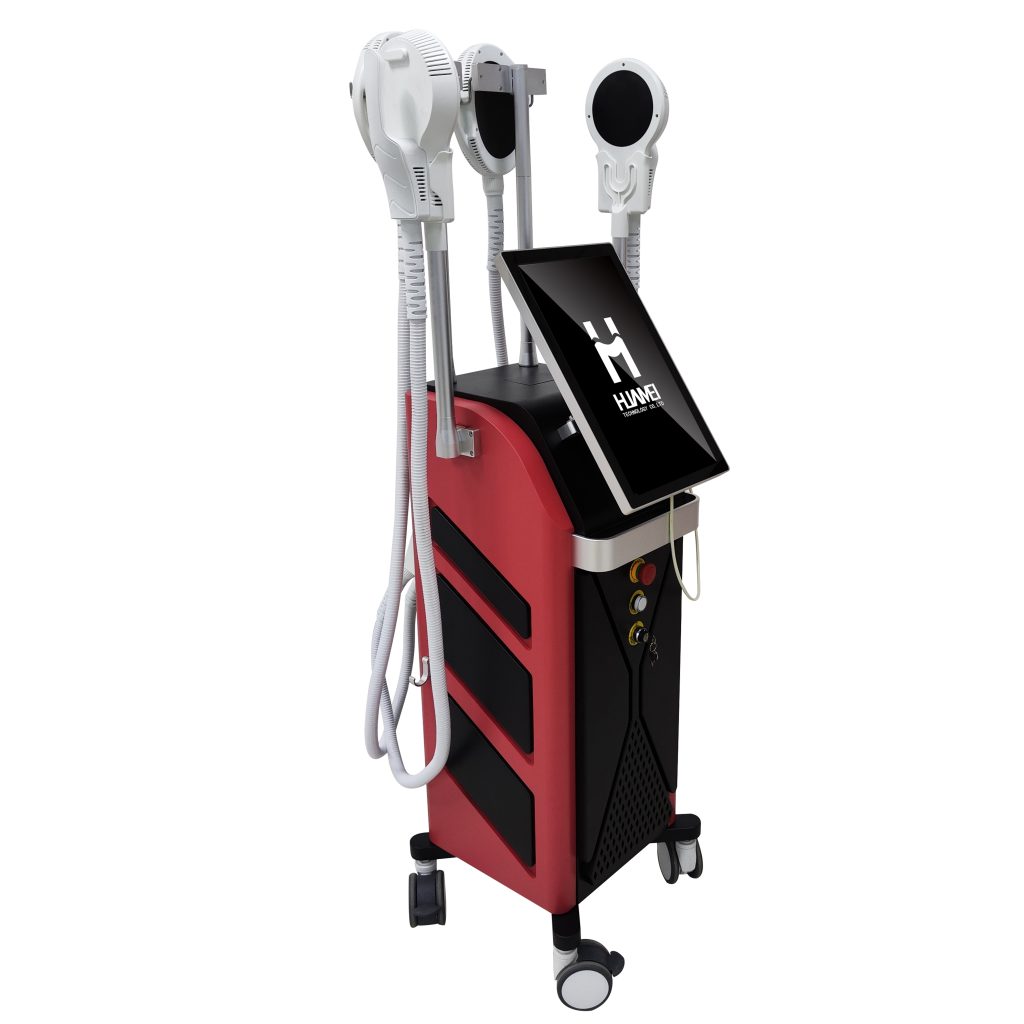The Effectiveness of Slimming Machines: Cryolipolysis, Inner Ball Roller, VelaShape, and Vacuum Technologies
December 29, 2025Comparative Analysis of EMS Body Slimming Machines: RF vs Non-RF Technologies
July 04,2025
Electrical Muscle Stimulation (EMS) technology has revolutionized non-invasive body contouring treatments. The integration of Radio Frequency (RF) with traditional EMS devices has created a new generation of slimming machines. This article examines the key differences between conventional EMS devices and those enhanced with RF technology.

Technical Differences
1. Core Technology
- Non-RF EMS: Uses electrical impulses to trigger muscle contractions, mimicking natural workout effects
- RF-Enhanced EMS: Combines electrical stimulation with radiofrequency thermal energy (typically 0.3-10 MHz)
2. Energy Penetration
- Standard EMS: Reaches superficial muscle layers (2-3cm depth)
- RF-EMS: Penetrates up to 4-6cm, affecting deeper fat deposits and connective tissue
3. Thermal Effects
- Non-RF: Minimal temperature change (≤1°C)
- RF Models: Can raise tissue temperature to 40-45°C for collagen remodeling

Functional Differences
1. Fat Reduction Mechanism
- Pure EMS: Primarily burns fat through muscle activity simulation
- RF-EMS: Combines muscle stimulation with lipolysis via thermal disruption of fat cells
2. Skin Tightening
- Basic EMS: Limited skin improvement
- RF-EMS: Significant collagen stimulation reduces sagging by up to 30% more
3. Treatment Duration
- Standard: Requires 8-12 sessions for visible results
- Combined: Typically shows results in 6-8 sessions (20% faster)
Clinical Performance
Efficacy Metrics (average improvement after full treatment course):
ParameterNon-RF EMSRF-Enhanced EMSCircumference Reduction2-4cm3-6cmFat Thickness15-20%25-35%Skin Elasticity10%30%Cellulite1-grade2-grade
Side Effects Comparison:
- Both technologies show excellent safety profiles
- RF models may cause temporary redness (resolves in 2-4 hours)
- Non-RF has slightly lower risk of thermal discomfort
Practical Considerations
1. Treatment Cost
- Basic EMS: $50-100 per session
- RF-EMS: $80-150 per session
2. Maintenance Requirements
- Non-RF: Monthly touch-ups recommended
- RF-EMS: Can maintain results with bi-monthly sessions
3. Ideal Candidates
- Pure EMS: Best for fitness augmentation
- RF-EMS: Superior for post-weight loss or aging skin
Technological Evolution
The latest RF-EMS hybrids now incorporate:
- Intelligent impedance matching
- Real-time temperature monitoring
- Multi-polar RF configurations
- AI-assisted treatment planning
Conclusion
While traditional EMS remains effective for muscle toning, RF-enhanced models offer comprehensive body sculpting by addressing both adipose tissue and skin quality. The 20-30% greater efficacy of combined technology justifies the higher investment for most clinical applications. Future developments may further bridge the gap between surgical and non-invasive body contouring.